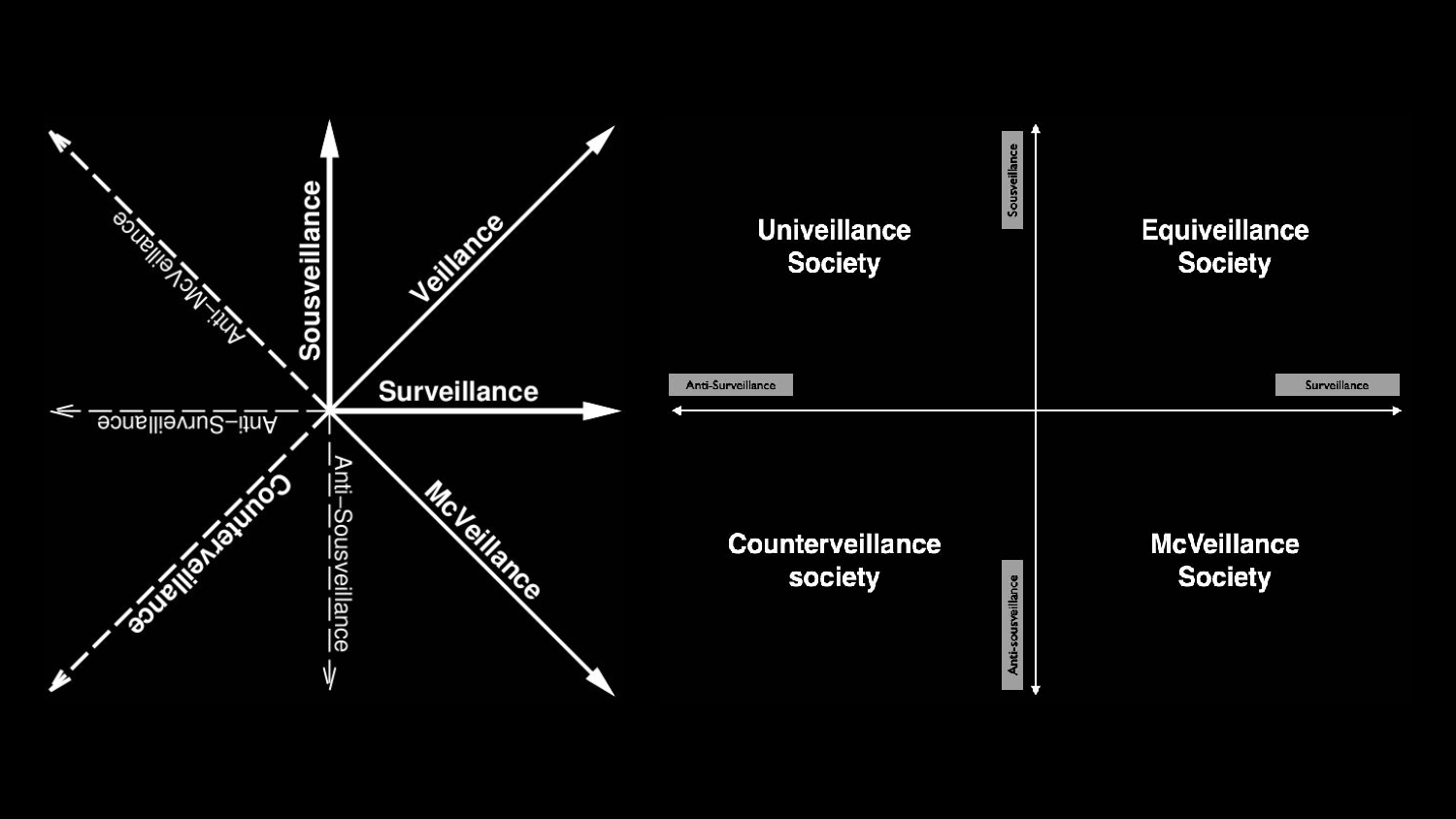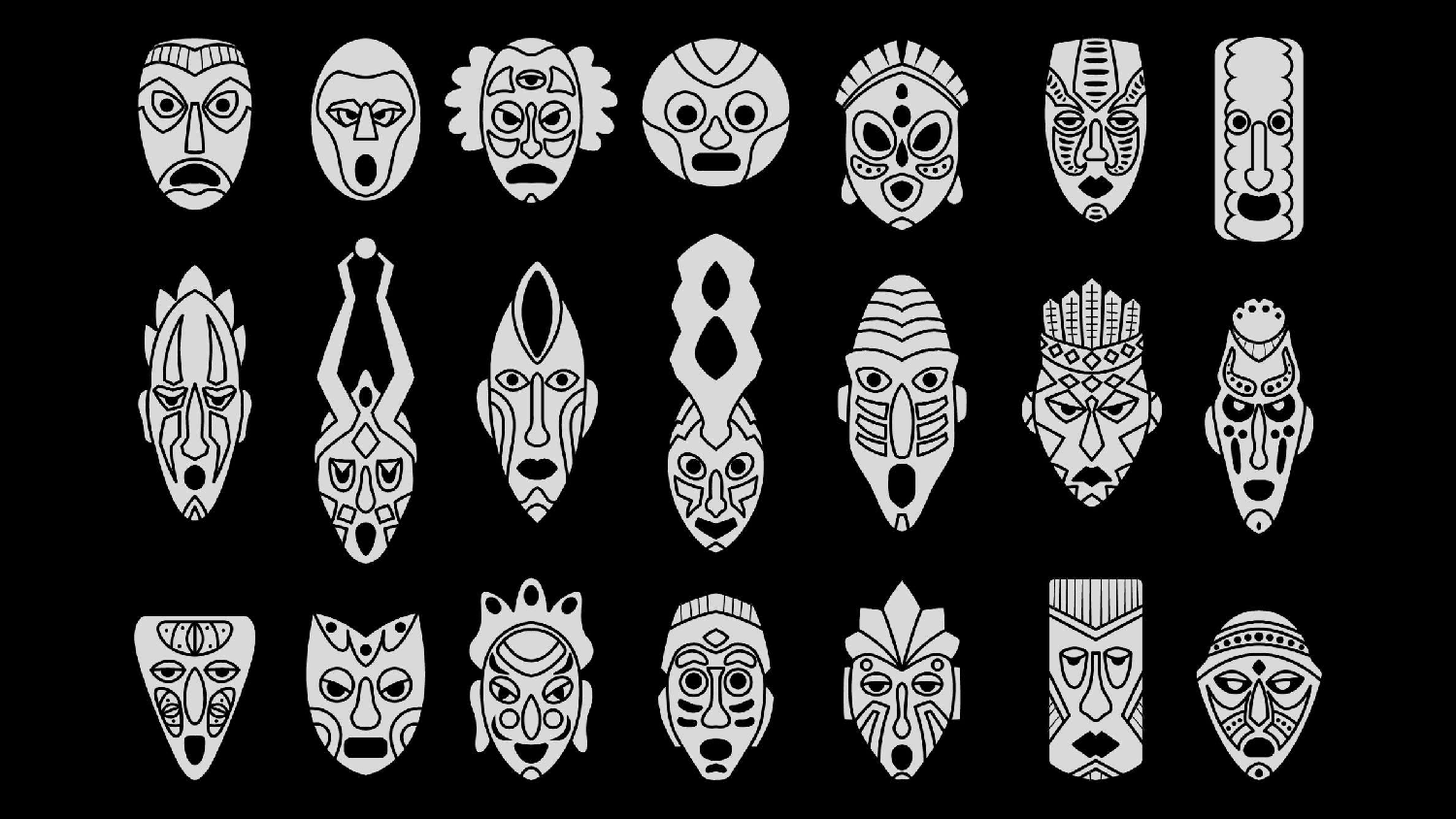Behind The Eyes
Quis custodiet ipsos custodes?
Who will guard the guards themselves?
Who will guard the guards themselves?
surveillance [early 19th century] sur, meaning ‘over’, + veiller, meaning ‘watch’; close watch kept over someone or something; close observation, especially of a suspected spy or criminal.
Surveillance is a
by-product of the human desire to control — finances, production/productivity,
property, security, etc. Architecture has played an integral role in reinforcing these notions; the specialization of surveillance dates to Jeremy Bentham’s concept of the
panopticon. In a system that employs a centralised observation area, Bentham
establishes a framework that allows for the anonymous observation of the
system’s occupants. Bentham’s intention to delude the gaze of the entity
surveilling as a means of instilling a sense of uncertainty and coercing
obedience of those being surveilled highlights the capacity of architecture to
influence the power dynamics embedded in surveillance.
We live in a dichotomous society in which we have “the few watching over the many” — this can be referred to surveillance — and, through the popularisation of technology, “the many watching the few” — this can be referred to as sousveillance. The growth of sousveillance forces our society to transition from the one-sided, oftentimes discriminatory, surveillance society (in which we currently live) to that of one akin to a pre-technological — that is, digital technology — era, where the only form of surveillance was through one’s own eyes. How can technology be used as a democratising force, shifting dynamics of surveillance in such a way that power is redistributed in a more even manner?

Behind the Eyes situates itself as a proposal
interrogating the relationship between surveillance and sousveillance.
Exploring the intersection of these two types of veillance as they relate to
the abuse of power by law enforcement officials, the project seeks to explore
how we might disrupt, or subvert, surveillance within protests. Our initial
studies began with trying to understand the logic and processes of facial and
gait recognition software and precedent studies which we oftentimes focused on
avoiding surveillance. However, rather than solely avoiding surveillance, we
were interested in trying to disrupt — to some degree, regulate — the existing
power structure of surveillance. This redistribution would allow occupants of a
space to employ a system akin to checks and balances in an attempt to ensure
that the ethical/moral standards that we have for our law enforcement are
upheld.

Inspired by masking
traditions throughout the African diaspora, we used the ngontang masks of the Fang people as a departure point for our
formal explorations. Through our research, we found that these masks sometimes featured a single
face, while more helmet-like variations featured anywhere from two to five
faces, acting as a symbol for heightened senses of perception. The finalised
form for our proposed mask employs the use of ten faces, alluding to the
aforementioned notions of heightened perception and acting as a disruptor,
deluding the gaze of the wearer. Building upon notions of perception
(particularly, the extension of and the disruption of), we were interested in
toying with how we might achieve this by employing embedded technologies.

The
interior, or what we are calling the core, of the mask is outfitted with a
frame that houses various technologies intent on extending the perceptive
abilities of the user: two transducers
act an extender of auditory perception; a single multi-agent sensor in each
nose allows the user to be aware of polluted air (identifying agents such as
tear gas, cs gas, cr gas, pava spray, etc.); a speaker within each face allows
for the wearers’ voice to amplified; cameras replace the eyes of the mask
affording opportunities for an increased vision (the user may be selective of
which cameras they would like to view and the screen
allows them to zoom in/out). Bluetooth LE technologies embedded within the mask
allow for connection and communication of multiple masks.


The ongoing COVID-19 pandemic has
forced the introduction of numerous technologies that allow us to monitor,
trace, and connect with one another as a way of throttling the rise of cases.
Adapting Decentralised Privacy-Preserving Proximity Tracing – the open protocol
used for digital contact tracing – we are proposing a derivative open protocol
system (Decentralised Privacy-Preserving Proximity Communication) in which
wearers of our mask might be able to communicate not only with each other, but
also through each other’s helmet more publicly, furthering this notion of
illusion. The wearers’ identities are disguised inherently through wearing the
mask, but their gazes and voices are disrupted – it is impossible to tell where
one is looking and who, in a group, is speaking.

The invention of this mask will become a core
agency for those who have the urgency to maintain privacy and stay anonymous
while still having the right to free speech and demonstration. A common ground
for locally decentralised social and communication network is also reinforced
with solidarity shared amongst the public. The traditional concept of a mask of
being a sensational boundary between individuals is being eliminated. With our
proposed creation, we are able to gain fairness from, expose ourselves to, and
negotiate with the authorities that intend to govern with absolute
surveillance. Individually formed crowds are turning this long played and
one-sided game around towards a sousveillance-surveillance balance in the near
future. Behind the eyes, we see justice rise.

^in collaboration with Gabriel Soomar